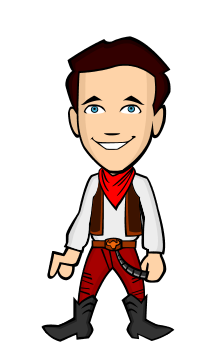I often get asked for tips on time-lapses so I figured alongside the release of my new film's teaser, I will share a bit of information about the time-lapse shown in the video!
The time-lapse seen in the video above is of the city of Toronto. I was lucky enough to be staying in an apartment which had that amazing view so I just had to film it!
First things first, you need to make sure you have the right equipment. For this shot I used a Canon 5D Mark ii with a 24mm f1.4 lens. For night time-lapses, I would recommend using the fastest lens possible (i.e. a lens with a low f-stop). This allows a lot more light into the camera meaning you wont have to rely on using a high ISO (a high ISO will make your shots look grainy and not as sharp!). You will also need a remote timer. Some cameras have built in remote timers which work just as good! Finally, you will need a sturdy tripod!
Once you have everything you need, you can set up your shot. Make sure the focus and white balance are on manual and are set to your liking as once the time lapse begins, you should avoid touching the camera at all costs. Make sure you have plenty of card space, a full battery and that your camera and tripod are in a safe place that won't get moved or have things blocking your view.
For this time-lapse I had my camera set to AV mode. I usually will shoot on manual but as the light was going to change from day to night, I decided to use AV mode. AV mode allows you to manually set the f-stop AND the ISO but will automatically change your shutter speed. This meant I could leave the camera to adjust to the light change automatically, whilst still having an initial manual control over the shots ISO and f-stop. I think for this shot my f-stop was f1.4 and my ISO was at 1200. This allowed the camera to adjust more easily for the night time shots without slowing down the shutter speed too much. When doing a day-to-night time-lapse (or any time-lapse for that matter), it is really important to plan ahead and have a rough idea of what your scene is going to look like in an hours time.
This time-lapse took about 1 hour in which I took around 1000 photos. The images were all large format to give the final video a much more detailed look.
-
This was just a brief overview of the time-lapse and hopefully it helped out a few people who were interested in doing a day-to-night time-lapse themselves.
If you like this blog and would like more time-lapse tips and behind the scenes, be sure to let me know in the comments below or send me a message on Filmannex or Twitter!



